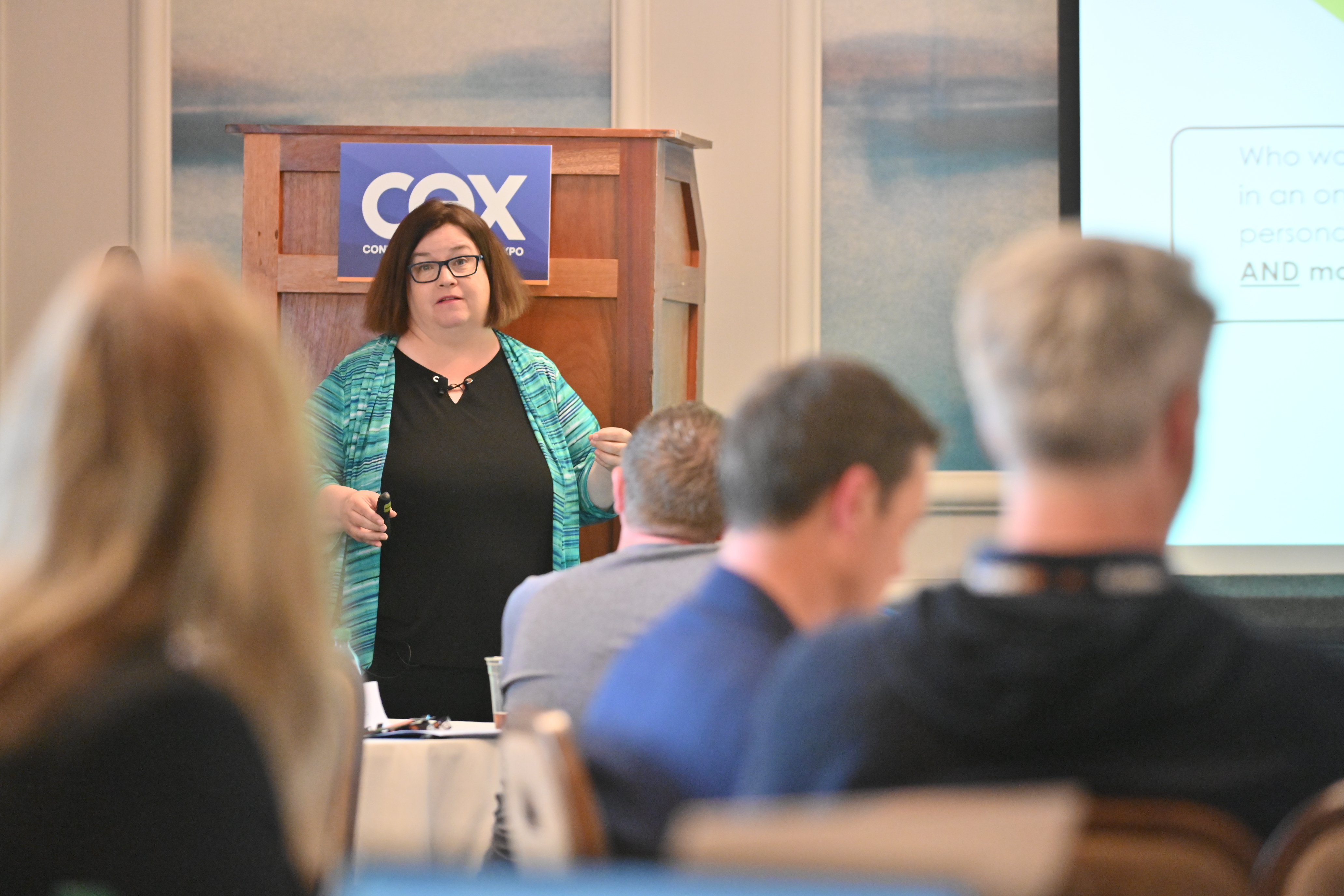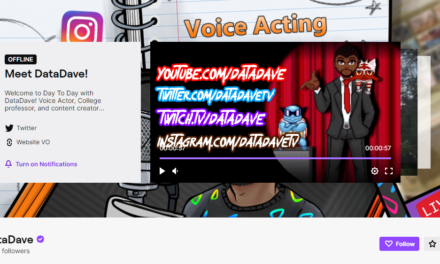If it isn’t written down, it’s not a real plan.
Marketing is a serious part of your content business, and content entrepreneurs who don’t take the time to outline their plans can easily find themselves thrown off course. Does that mean you need to spend days detailing a strategy that would fill a binder to stay on track? Hardly.
At CEX, Ann Gynn, managing editor of The Tilt, shared how to create a one-page marketing plan in 40 minutes. Here are the five things to do to create a strategy for your business:
1. Identify your business objectives: You can’t hit a goal if you don’t know exactly what it is. Your business exists for a reason; you need to know what it is and how you’ll measure it.
Ann walks through this process with a fictional example of a business called Wealth Wise. Its objective is to increase the belief that Wealth Wise is a good source of information for personal finance education. Its goal is to increase revenue from online course sales by 20% year over year.
Ann notes that establishing numerical goals is important to motivate and measure progress, even if the numbers are more arbitrary in the beginning because you don’t have a track record.
2. Paint the picture of the audience: For marketing to be effective, Ann says you need to ask two key questions:
- Who is the audience?
- Who are they really?
What person would be most interested in your content? What are their demographics? What interests do they have? How do they consume content? Some factors will matter more, less, or not at all, depending on your content products.
Ann references Bernie Borges’ podcast Midlife Fulfilled as an example of an audience where the age demographic is highly relevant. Alternatively, an entrepreneur who creates videos discussing advancements in AI technology may be far less concerned with the audience’s age and more interested in their level of technical expertise.
Once you know who the audience might be, it’s time to ask the second question: Who are they really? You’re not just selling to an audience who is interested in your content. You are selling to an audience who is interested in your content AND willing to pay for it.
A subscription-only podcast offering personal financial advice might help recent jobless graduates eager to get off their parents’ couch. But people who are willing to pay for the information are more likely to be older adults who have jobs and multiple family responsibilities.
3. Know your marketing objectives: Marketing can do a lot, but it can’t do everything all at once. Ann describes three broad categories of marketing objectives: awareness (learning your business exists) and acceptance (believing it provides trustworthy, valuable information).
The third category is action. It usually occurs after an audience knows who you are and believes your business delivers for them. That action could be a sale, but it also could be signing up for your newsletter or registering for a free webinar.
Pick the objective category that best fits your business stage and content products. Then, get specific by explaining what that will mean for you, quantifying it, and adding a timeframe for completion.
4. Write your messages and plan the distribution: Once you have your broader marketing objectives, it’s time to work on the messaging. What do you want your audience to know about your business and its offerings?
Now, you need to tell your audience. Where and how you do that will make all the difference. Remember what you learned about your audience when you painted that picture. Specifically, how do they consume content? Do they watch a lot of YouTube videos, or do they stick to Instagram?
Consumption habits will direct you to where the audience is most receptive to hearing your message, but there’s one other key figure in that exchange – you. Knowing where your audience is and what content types they like to consume gets you nothing if you don’t have the resources to pull them off. Estimate time and budget required.
Helpful Resource: Content Planning That Works for Your Audience [+Template]
5. Measure your success: Once you’ve employed the strategy for a while, it’s time to look back on what it’s gotten you. Revisit the goals and timeframes to achieve them and the metrics directly relevant to those goals. If you didn’t hit your goals, don’t worry. You now have a baseline for understanding where your marketing is and can set more realistic goals for the next marketing period.
About the author
Leo Bonacci writes, proofreads, and edits for The Tilt. A student of Hobart and William Smith Colleges, he’s a fan of classical mythology as well as the English language. Leo’s interest in storytelling extends to his great enjoyment of movies and film, from low-budget schlockfests to cinematic masterpieces.








